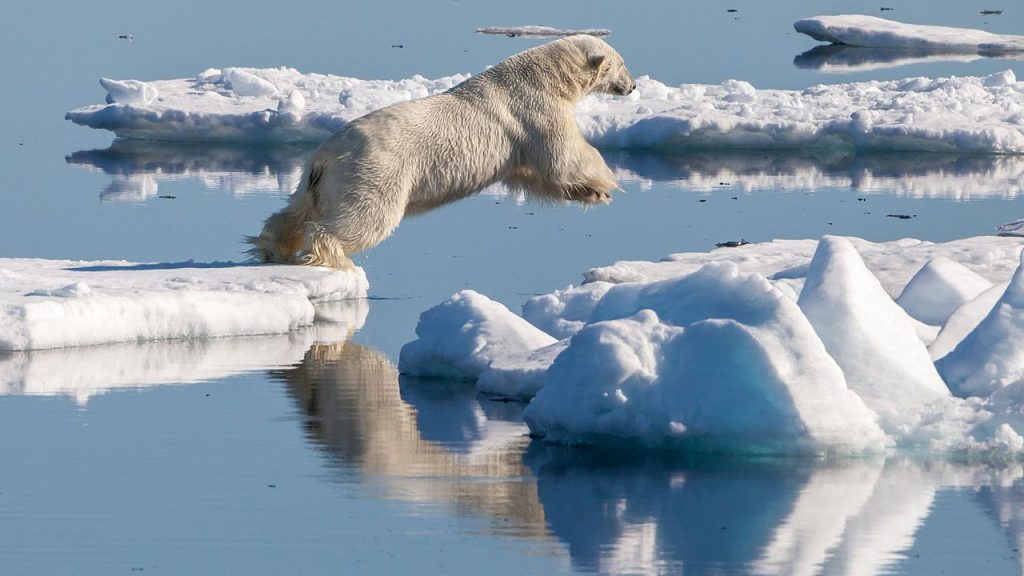
Polar bears are rather unique among bears. Not only do they inhabit the hostile, frigid ice floes in the North Pole, but they are also adept swimmers. In the cold, arctic seas, they can swim 6 mph (10 km/hr), and in one case, a female polar bear swam continuously for 9 days in the Bering Sea, covering 400 miles (687 kilometers) to reach ice far from land. Later, she traveled another 1,100 miles (1,800 kilometers).
Why do polar bears need to swim so quickly and cover such long distances? Food.
Polar bears primarily eat seals lounging on the edges of ice floes, so being a good swimmer is a must. However, on both land and in the sea, polar bears are at a disadvantage. When pursuing prey on land, polar bears rapidly overheat due to their thick fat layers and fur coats, so they cannot run far. While pursuing prey in the sea, polar bears are not as well-adapted to aquatic life as seals, walruses, or beluga whales, so they cannot chase prey underwater very far.

Thus, like most predators, they rely on the element of surprise to capture their prey. In the video below, you will witness a hungry polar bear stalking, surprising, and capturing a seal on an ice floe. This is reason why the polar bear’s scientific name is Ursus maritimus. Video:




